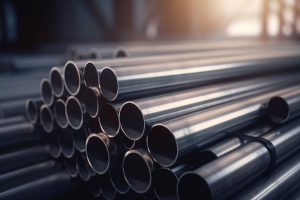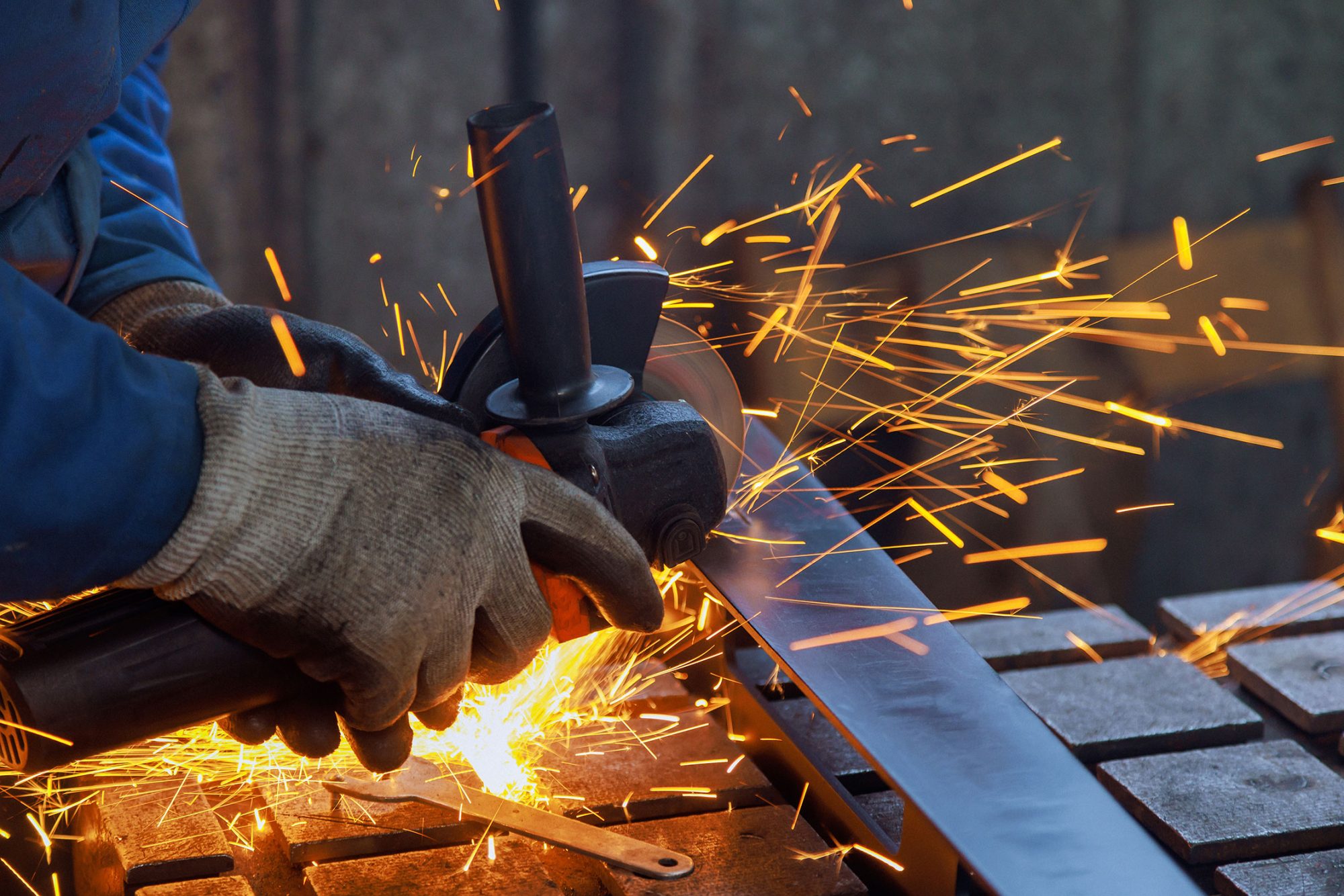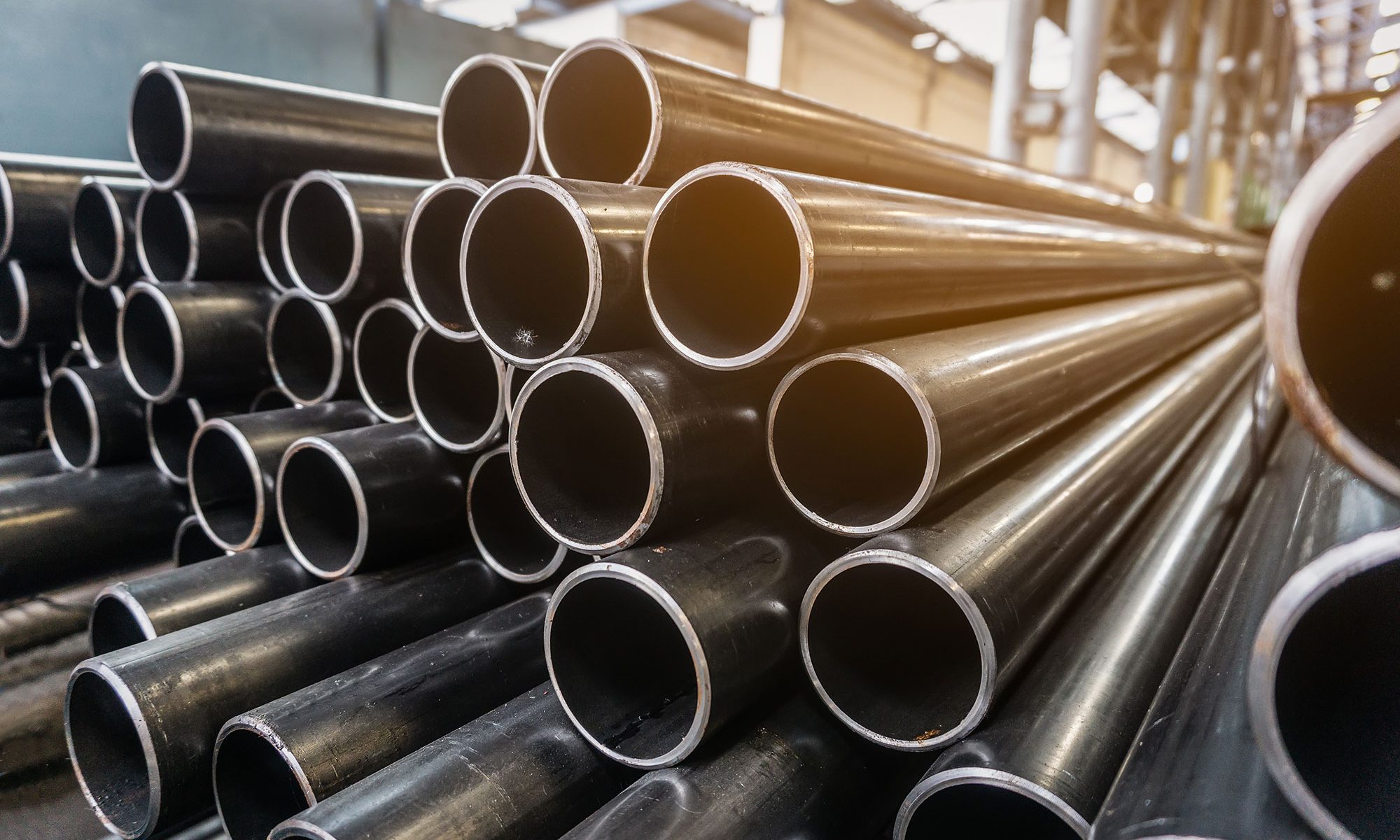In defending buildings from natural disasters, steel acts as an ally. That is why people use the likes of steel ERW tubes and beams in construction. The durability, flexibility, and unrivalled strength here allow engineers to innovate when it comes to the designs. They can create structures that are resilient to the damaging forces of environmental destruction. Think earthquakes and floods.
What we intend to do here is discuss the intricate ways in which steel structures can withstand natural disasters. Keep on reading to discover how the alloys ensure the hardiness of buildings and the safety of occupants.
Durability
Firstly, there is the proven durability. Steel is a tried and true construction material. It comes with a great strength-to-weight ratio and outstanding sturdiness. Buildings will be able to resist seismic activities, heavy winds, and similar conditions. Also, it can preserve its structural integrity for a long time since it is not vulnerable to crumbling, rotting, or warping. During disaster events, this preservation of integrity is critical. It can ensure that structures remain standing.
Stability
 Another essential detail would be the structural stability. Steel’s considerable rigidity is a result of its distinct molecular structure. It provides an undeniable advantage when erecting buildings that need to withstand potent forces.
Another essential detail would be the structural stability. Steel’s considerable rigidity is a result of its distinct molecular structure. It provides an undeniable advantage when erecting buildings that need to withstand potent forces.
Despite being strong and hard, steel’s excellent physical characteristics mean it can flex under major stress. It won’t break or fracture. You get this with ERW tubes and other products like beams. This feature, called ductility, makes it an unrivalled substance in seismically active locales. It is the same for areas prone to bad weather.
Now, imagine such ductility and rigidity in the form of a robust framework. What you get is a construct that has more endurance. It is one that not only remains standing when faced with huge external forces, but lessens the chance of sudden collapse. Steel is in its own league when you look at resilient construction materials.
Material consistency
Next, steel has a uniform composition and properties throughout its whole structure. This ensures an unwavering level of reliability. The consistency directly influences a building’s ability to resist disasters. With it, structural engineers can have an easier time predicting a building’s behaviour during a flood, storm, or earthquake. There aren’t any unpredictable inconsistencies or weak points. If there were, they’d compromise the building’s overall stability.
Wear and tear
Lastly, steel buildings stand up well to daily wear and tear. The properties undergo minor stresses all the time. These range from human activity and physical use to wind, rain, temperature shifts, and weather changes. Such constant wear and tear can gradually deteriorate various construction materials. Also, they can eventually undermine structural integrity.
However, steel manages to preserve its characteristics. This is despite continuous exposure to these daily stresses. It reduces the cumulative harm that tends to go unnoticed until a major disaster happens. Steel keeps its optimal structural competence.
We have plenty of ERW tubes
At Union Steel Tubes, we have a wide range of products available. They include a selection of shapes, diameters, and wall thicknesses. Also, there are plenty of finishes to give you even more options. Rest assured that our range is one of the most comprehensive in the UK.
So, if you are looking for first rate ERW tubes, give us a call. We have experts who can advise you about the ideal products for different applications.



